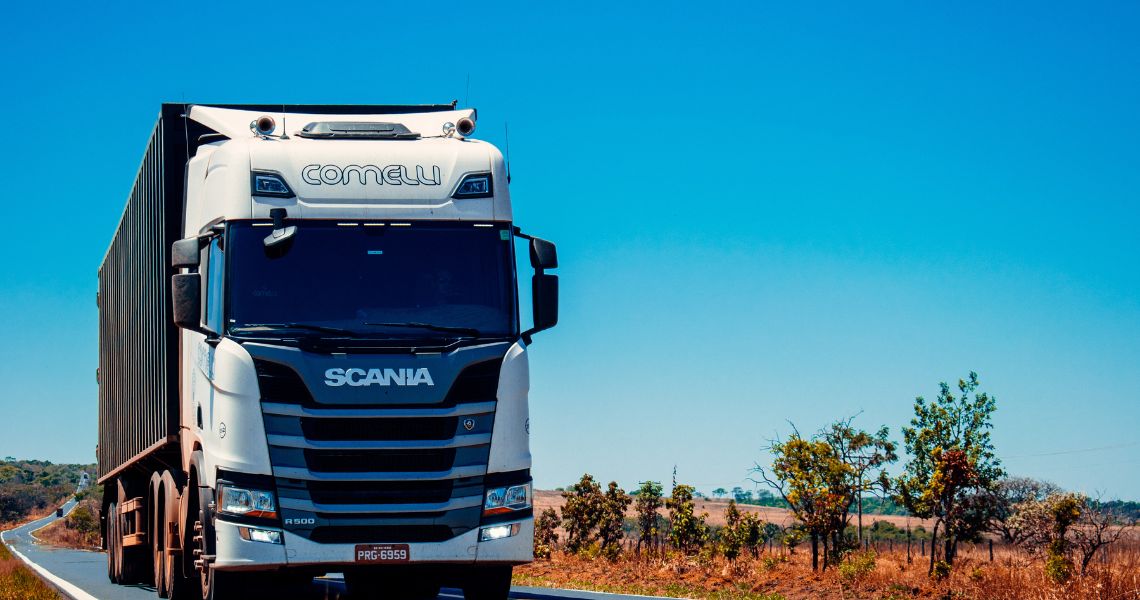Cutting down trees is a common practice considering wood is one of the most essential resources used by the human population.
Whatever your reason to cut down trees, knowing how to do so while abiding by all safety regulations is absolutely essential. But knowledge alone will get you nowhere. You also need to have (and use) the right tools and equipment.
A lot of things can go wrong when you cut down trees as it’s a dangerous practice. And without the right equipment, you may be putting yourself at unnecessary risk.
Here is the equipment you need to cut down trees safely.
What Chainsaw Do I Need?

It’s a simple fact that a chainsaw is a much more cost and time-effective way of cutting down trees. When you are on the hunt for a quality chainsaw, there are a couple of major things you need to consider. One of the most important is whether a gas or electric chainsaw is fit for the purpose, especially for firewood cutting.
Gas-Powered vs Electric Chainsaw
A gas chainsaw offers a lot of additional mobility — especially in remote locations — but it can be tricky to combine the perfect amount of oil and gas to power the device. It also isn’t the best option for the environment.
On the other hand, an electric chainsaw is cheaper to run, better for the environment, and a little cheaper to buy outright. However, they also come with faults. One of the most prominent is that they don’t offer as much mobility or range and usually always require an extension cord.
Pricing and Power
Overall, the price of a chainsaw depends on how powerful the output is. You should expect to spend around $400 on a chainsaw that’s well-suited to handle heavy amounts of work.
We’d recommend visiting Cross Saw Mill to find out more specific information. This will help you to figure out which type of saw will best suit all of your needs.
Essential Equipment


When it comes to cutting down trees, you need a lot more than a chainsaw. In fact, you might need to have the different equipment listed below:
- Wedge – this can sometimes help to make the process of cutting down a tree that bit easier.
- Rope – you can use a rope to alter the direction of where the tree will fall or pull parts of the tree down.
- Ladder – you’ll need to use this to attach a rope to a tree.
- Axe – if you want a budget-friendly tool without the noise of a chainsaw that still creates the results you want, an axe might be your best option.
- First Aid Supplies – maybe it’s a little self-explanatory but keeping these supplies on hand will be extremely helpful in case you need to immediately treat a minor injury.
- Protective Gear – this will keep your entire body protected from harm as much as possible. The following pieces of protective equipment must also be worn:
- Hard helmet
- Eye protection
- Earmuffs
- Heavy boots
- Work gloves
Optional Equipment

Let’s imagine that you’ve cut down a tree and are now left with lots of little pieces. You may be wondering what your next steps are.
Well, if you can afford it, you could buy a residential wood chipper to help you on your way. This will likely set you back anywhere from a couple of hundred dollars to a couple thousand (consider an average range between $500 – $2,000) depending on the size.
Another great option for smaller trees is to invest in a trailer. This will make it much easier to haul away lots of tree debris.
Our Top Tip
If you have the money and time, we’d strongly recommend hiring a professional arborist to remove or cut down a tree on your behalf. Not only does it save you the hassle of needing to buy all of the above equipment, but it also guarantees a job well done.
Plus, they know exactly what they are doing and will do everything they can to minimise health and safety risks for everyone involved.
Summary
There are a few pieces of essential equipment that you need to cut down trees, ranging from a powerful chainsaw to proper protective wear. Wherever you are in the world, we hope that this article will prove to be helpful.
If you insist on doing the job yourself, make sure you know exactly what you’re doing and that you are abiding by all safety precautions.
Images courtesy of unsplash.com












